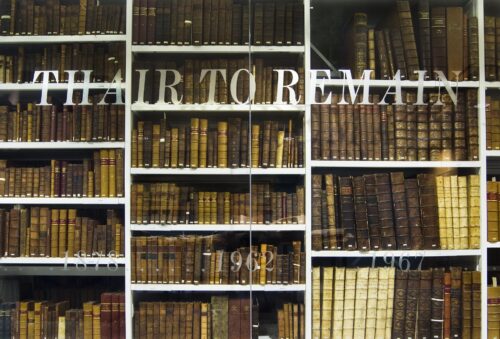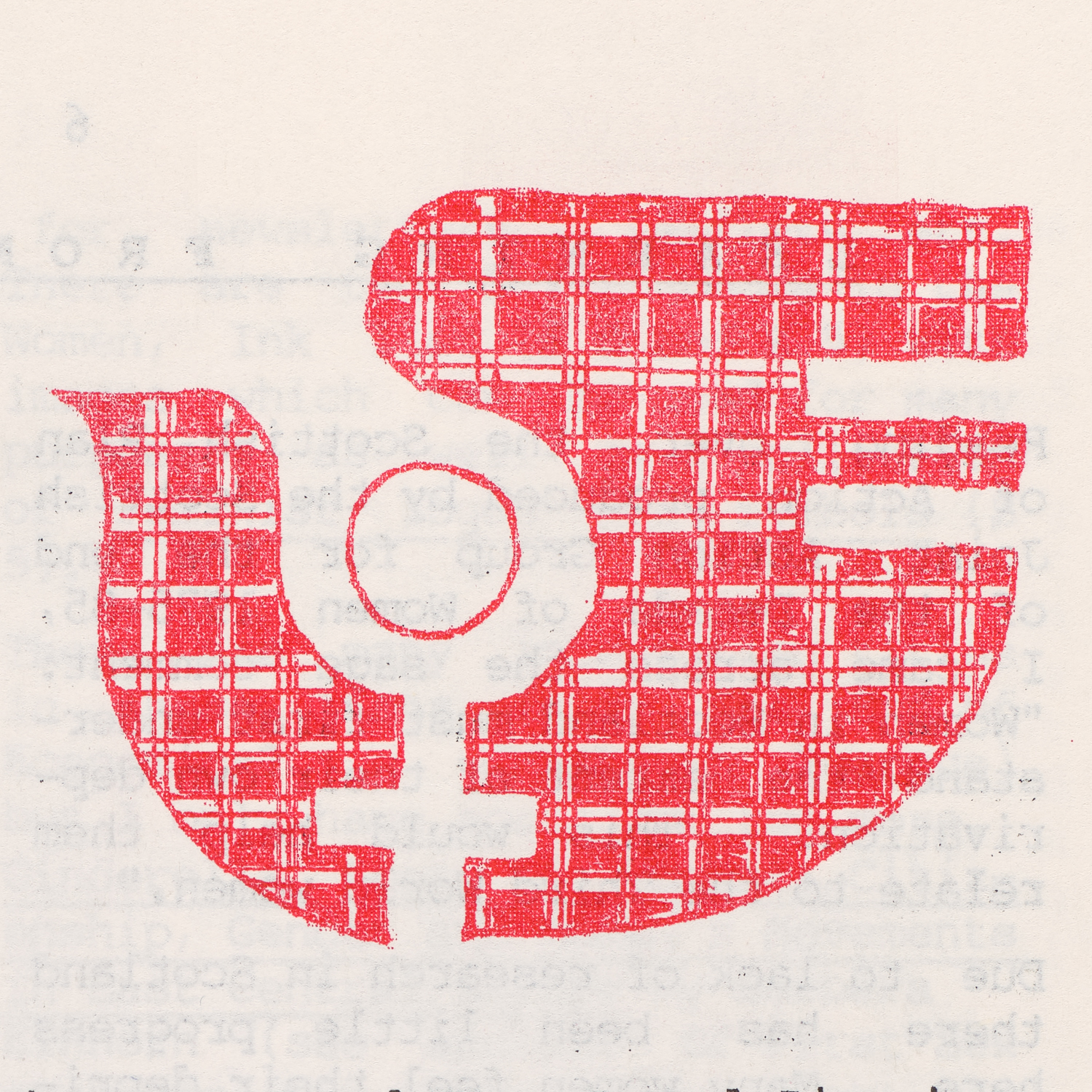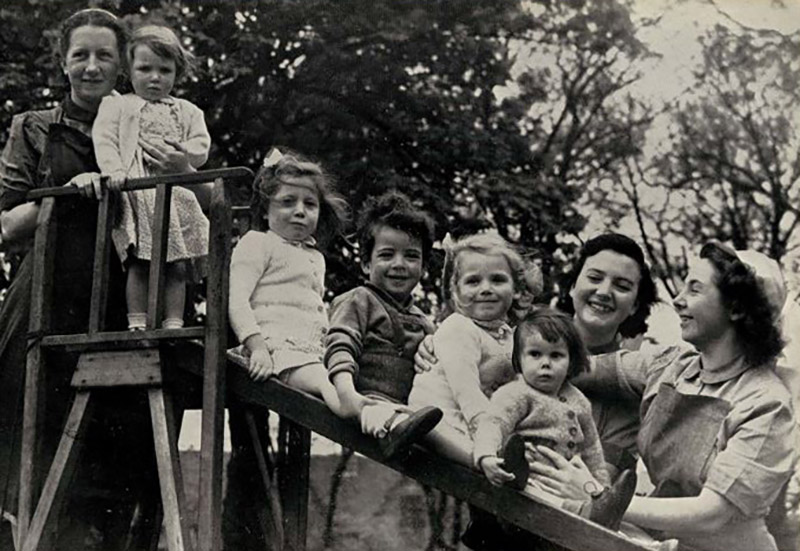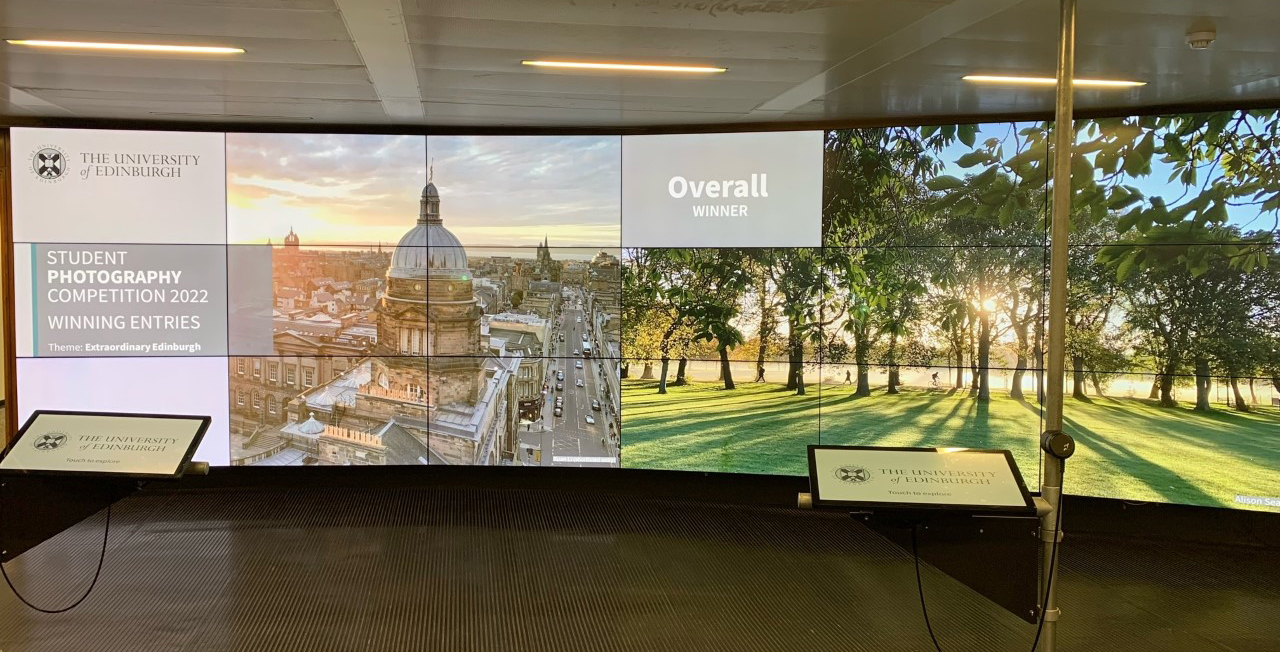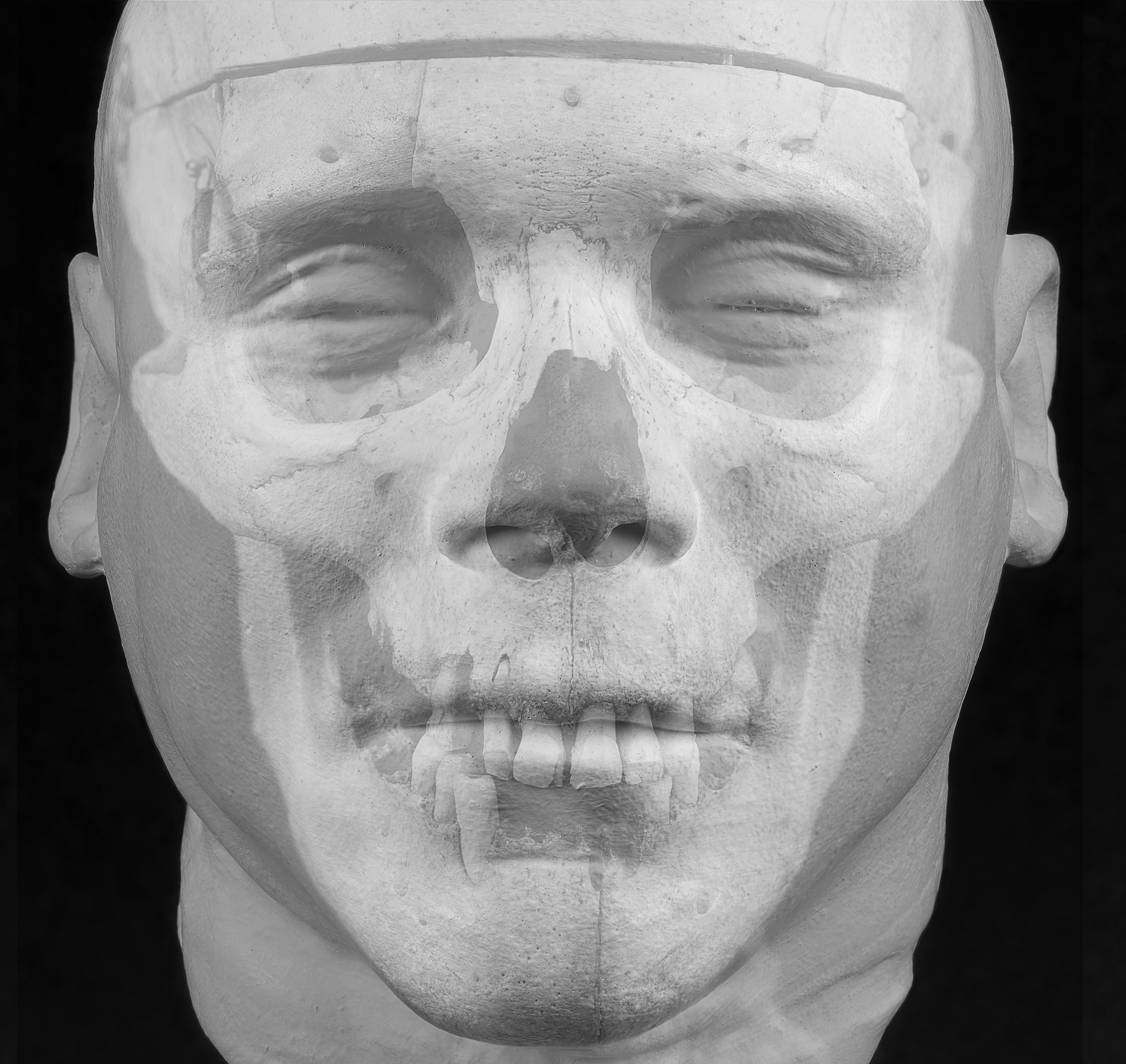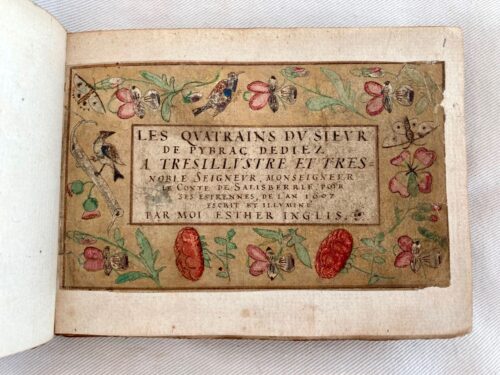
I began working with the Cultural Heritage Digitisation Services team last November, as a Digitisation Operator. Before joining the team, I was digitising plant specimens in the Herbarium of the Royal Botanic Garden Edinburgh. I am also a photographer, with my work most recently appearing in the Accidentally Wes Anderson exhibition which opened in London December 2023.
2024 is shaping up to be an exciting year, with several projects in the works. Some of these have been in the planning stages for a long time, and we really couldn’t be more eager to finally get started. With that in mind, we thought it might be fun to provide a ‘movie trailer’ of sorts, with a short preview of each project we plan to tackle in 2024:
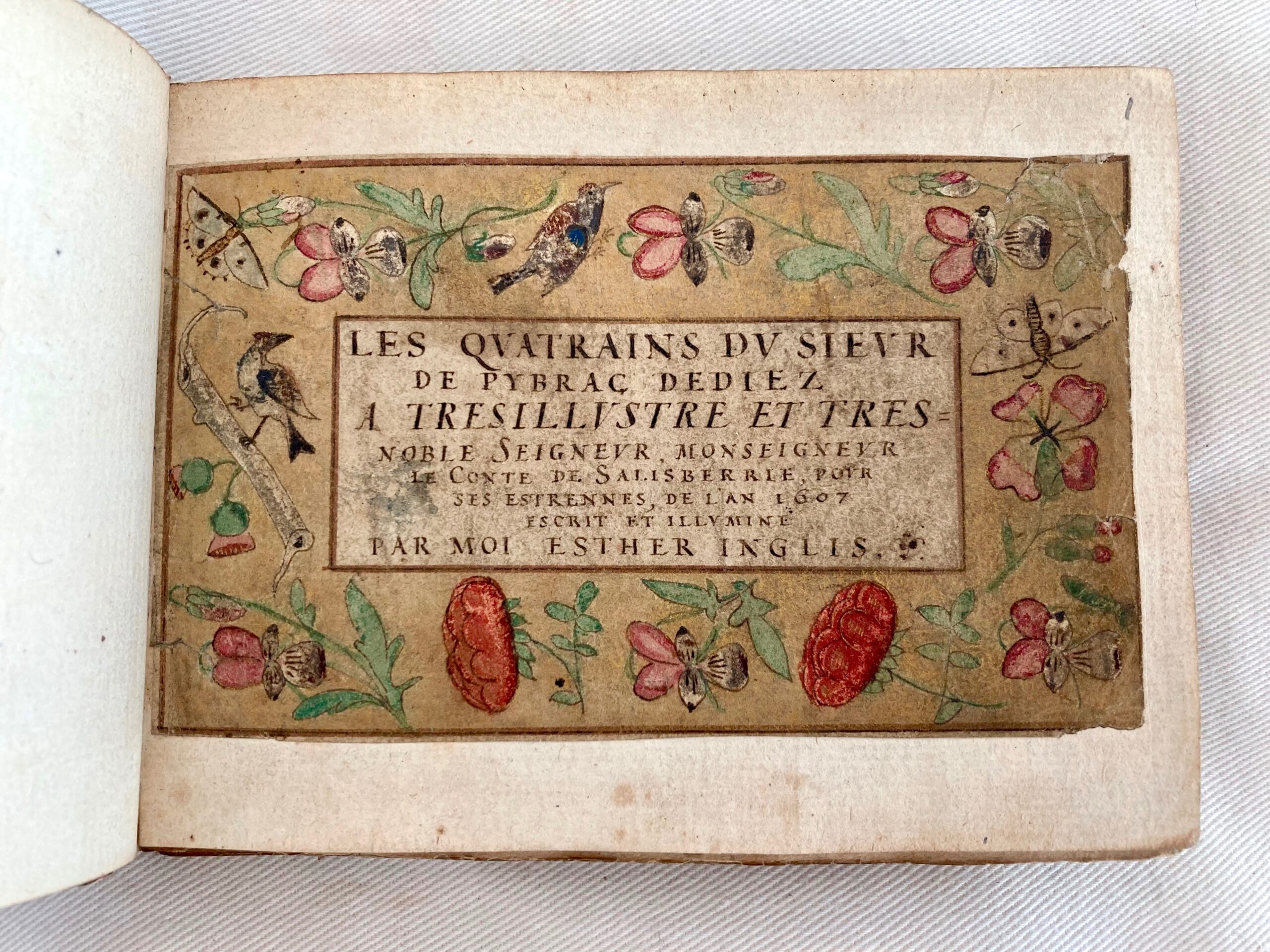
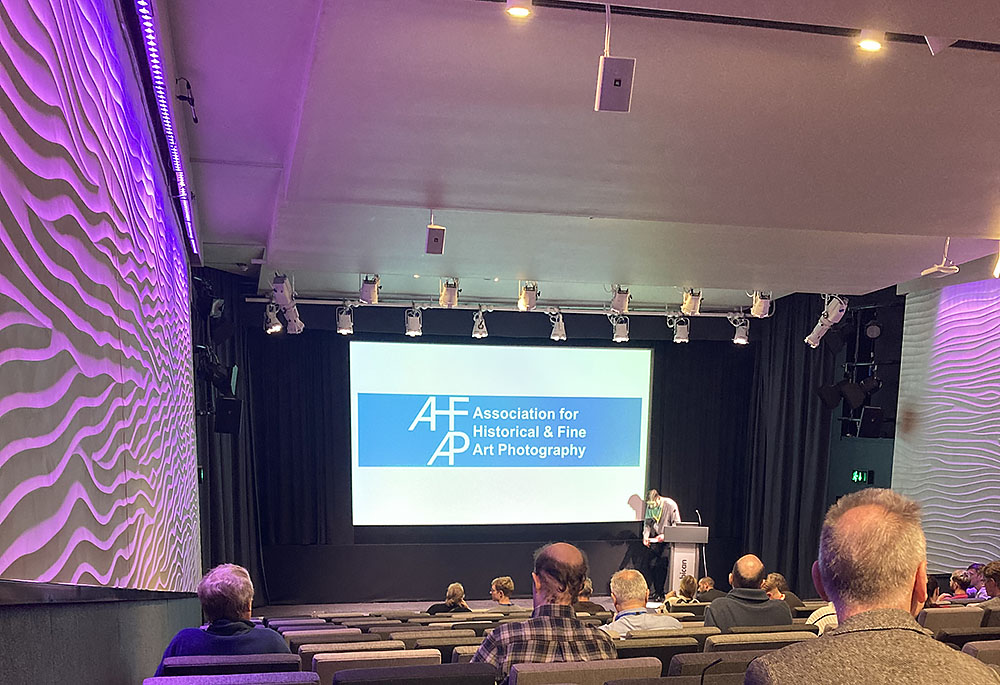
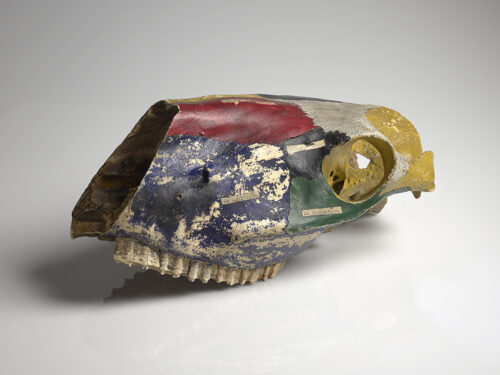

 Since April I have been an intern with the University of Edinburgh’s Cultural Heritage Digitisation Service (CHDS) and the Centre for Data, Culture and Society (CDCS), looking into text extraction processes at the University, both in library practice and thinking about how this is taught within digital scholarship. Throughout the internship I have had the opportunity to do both independent research and discussions with staff across the Library and University Collections (L&UC) to get a more in-depth understanding of text recognition processes.
Since April I have been an intern with the University of Edinburgh’s Cultural Heritage Digitisation Service (CHDS) and the Centre for Data, Culture and Society (CDCS), looking into text extraction processes at the University, both in library practice and thinking about how this is taught within digital scholarship. Throughout the internship I have had the opportunity to do both independent research and discussions with staff across the Library and University Collections (L&UC) to get a more in-depth understanding of text recognition processes. 